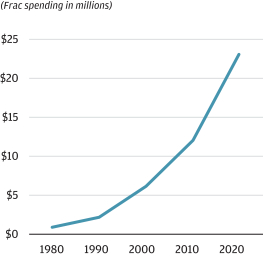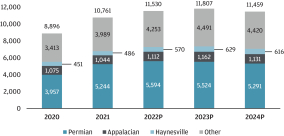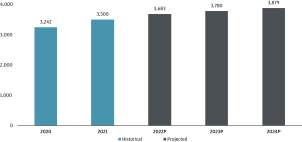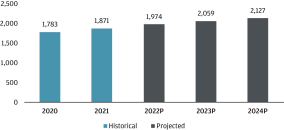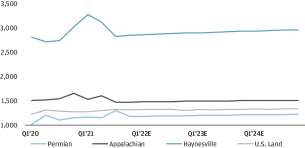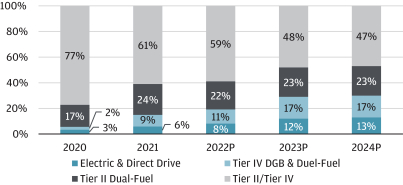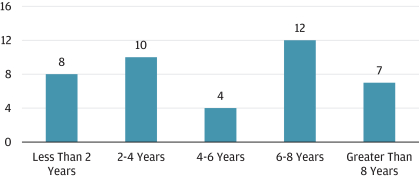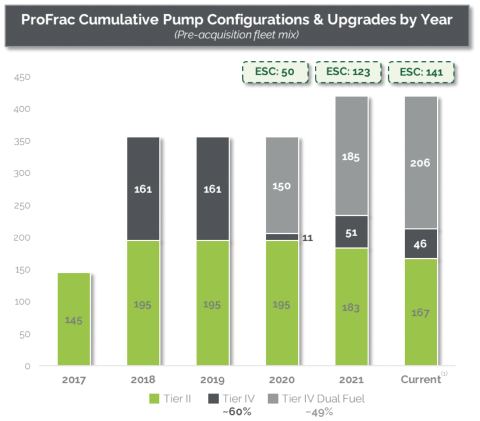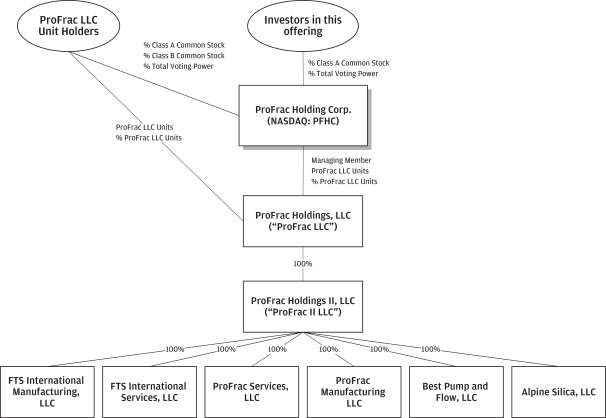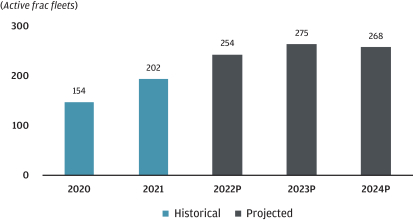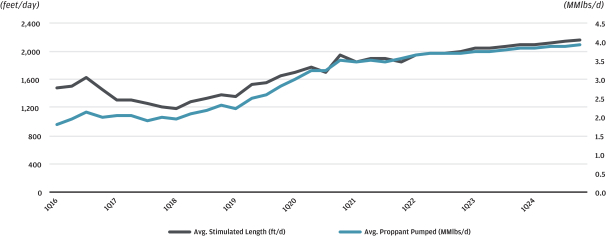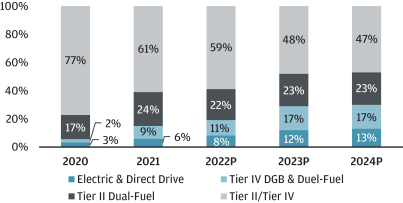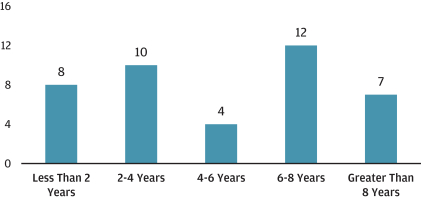The information in this preliminary prospectus is not complete and may be changed. The securities described herein may not be sold until the registration statement filed with the Securities and Exchange Commission is effective. This preliminary prospectus is not an offer to sell nor does it seek an offer to buy the securities described herein in any jurisdiction where the offer or sale is not permitted.
Subject to completion, dated , 2022
Prospectus
shares

ProFrac Holding Corp.
Class A common stock
This is our initial public offering. We are offering shares of our Class A common stock.
Prior to this offering, there has been no public market for our Class A common stock. It is currently estimated that the initial public offering price will be between $ and $ per share of Class A common stock. We have applied to list our Class A common stock on the Nasdaq Global Select Market (“Nasdaq”) under the symbol “PFHC.”
To the extent that the underwriters sell more than shares of Class A common stock, the underwriters have the option to purchase, exercisable within 30 days from the date of this prospectus, up to an additional shares of Class A common stock from us at the public offering price less the underwriting discounts and commissions.
We are an “emerging growth company” as that term is used in the Jumpstart Our Business Startups Act of 2012, or JOBS Act, and as such, we have elected to take advantage of certain reduced public company reporting requirements for this prospectus and future filings. See “Risk Factors” and “Summary—Emerging Growth Company.”
Investing in our Class A common stock involves risks. See “Risk Factors” beginning on page 36 to read about factors you should consider before buying shares of our Class A common stock.
Neither the Securities and Exchange Commission nor any state securities commission has approved or disapproved of these securities or determined if this prospectus is truthful or complete. Any representation to the contrary is a criminal offense.
| Per share | Total | |||||||
| Initial public offering price |
$ | $ | ||||||
| Underwriting discounts and commissions(1) |
$ | $ | ||||||
| Proceeds, before expenses, to ProFrac Holding Corp. |
$ | $ | ||||||
| (1) | Please read “Underwriting” for a description of all underwriting compensation payable in connection with this offering. |
Delivery of the shares of Class A common stock is expected to be made on or about , 2022.
| J.P. Morgan | Piper Sandler | Morgan Stanley |
The date of this prospectus is , 2022.





